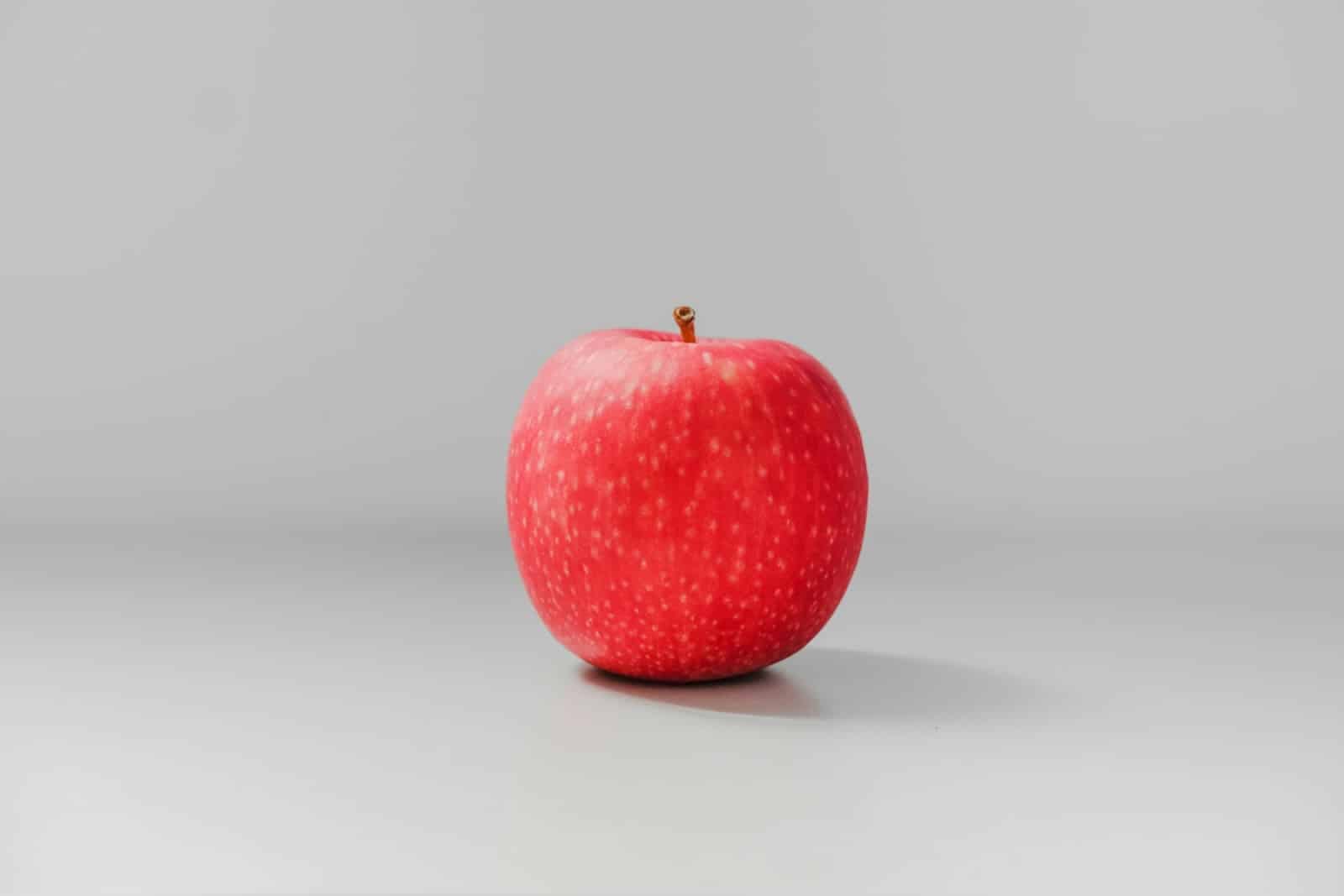When it comes to effective fat loss, one question often arises: what is the number 1 healthiest fruit for weight loss? With so many fruits promoted as “superfoods,” it can be confusing to determine which one stands out as the absolute best for shedding pounds.
The answer, according to research and nutrition experts, is clear: the apple. But why apples, and how can you use them for maximum fat-burning potential? In this in-depth article, you’ll discover why apples earn the crown, plus practical tips to incorporate them into your daily routine.

Why Fruits Are Important for Sustainable Weight Loss
Before diving into the healthiest fruit, it’s important to understand the role of fruits in a weight loss diet.
Fruits are:
-
Naturally low in calories
-
Rich in fiber and water (which promote satiety)
-
Packed with vitamins, minerals, and antioxidants
-
Free from artificial sugars or additives
Unlike processed foods, fruits satisfy your sweet tooth without sabotaging your diet. They support metabolism, improve digestion, and regulate blood sugar — all essential for healthy weight management.
What Is the Number 1 Healthiest Fruit for Weight Loss? The Answer May Surprise You
Drum roll, please. The answer to what is the number 1 healthiest fruit for weight loss is — the apple.
This everyday fruit is often overlooked in favor of exotic superfoods, but studies consistently show that apples have a unique combination of traits that make them a top-tier fat-burning ally.
Why Apples Top the List of Weight Loss Fruits
Here are 7 reasons apples deserve their #1 status:
1. High in Fiber
A medium apple contains around 4 grams of fiber, mostly soluble fiber (pectin). This fiber expands in your stomach, slows digestion, and keeps you feeling full longer.
2. Low in Calories
An average apple has only 95 calories, making it a smart snack for anyone trying to reduce daily caloric intake.
3. Natural Appetite Suppressant
The fiber in apples doesn’t just fill you up — it also helps regulate hunger hormones and blood sugar levels, preventing cravings.
4. Blood Sugar Stability
Apples have a low glycemic index, which means they don’t spike your blood sugar like refined snacks do.
5. Hydrating Effect
Apples are composed of about 85% water, helping you stay hydrated and reducing the likelihood of mistaking thirst for hunger.
6. Nutrient-Dense
Apples provide vitamin C, potassium, and antioxidants that fight inflammation — a key factor in obesity and metabolic dysfunction.
7. Versatile and Convenient
No peeling, no cutting (unless you want to), and zero preparation. Apples are the ultimate on-the-go healthy snack.
Scientific Evidence Behind Apples and Weight Loss
Numerous studies back up apples’ role in fat loss:
-
A study in Appetite found that eating apples before meals helped participants consume fewer total calories during the meal.
-
Research in the journal Nutrition showed that overweight women who ate three apples a day lost more weight than those who didn’t.
-
Apple polyphenols have been shown to inhibit fat accumulation, particularly around the abdomen.
The fiber in apples also promotes the growth of healthy gut bacteria — which may further boost metabolism and fat-burning capacity.
Apple Compared to Other Fruits
Let’s compare apples to a few other popular fruits that often make it onto “weight loss” lists.
| Fruit | Calories (per 100g) | Fiber (g) | Glycemic Index | Weight Loss Rating |
|---|---|---|---|---|
| Apple | 52 | 2.4 | Low (38) | ⭐⭐⭐⭐⭐ |
| Banana | 89 | 2.6 | Medium (51) | ⭐⭐⭐ |
| Grapefruit | 42 | 1.6 | Low (25) | ⭐⭐⭐⭐ |
| Berries | 32–57 | 2–6 | Low (20–40) | ⭐⭐⭐⭐ |
| Avocado* | 160 | 7 | Low (15) | ⭐⭐⭐⭐ |
*Note: Avocados are fruits, but high in fat. Great for satiety, but more calorie-dense.
While berries and grapefruit are excellent choices, apples strike the best balance between fiber, hydration, convenience, and calorie content.
How to Use Apples in a Fat-Burning Meal Plan
Want to make the most of apples for weight loss? Here are 5 ways to integrate them smartly into your routine:
-
Pre-meal snack
Eat a small apple 15 minutes before lunch or dinner to reduce total caloric intake. -
Apple & nut butter combo
Pair with almond or peanut butter (1 tbsp max) for a satisfying balance of fiber, protein, and healthy fats. -
Add to oatmeal or overnight oats
Dice apples and cook into your morning oats for a naturally sweet, high-fiber breakfast. -
Apple smoothies
Blend apples with spinach, cucumber, ginger, and lemon for a refreshing detox smoothie. -
Baked apples with cinnamon
A healthy dessert option that satisfies sweet cravings without added sugar.
Apple – How Much Should You Eat?
To benefit from apples without overdoing it:
-
Aim for 1–2 apples per day, ideally before meals.
-
Choose organic apples if possible, or wash thoroughly to remove pesticide residue.
-
Avoid apple juice or dried apples, which lack fiber and are high in sugar.
Eating apples as part of a balanced diet can support steady, sustainable fat loss — especially when paired with physical activity and adequate sleep.
Apple Nutrition Facts (Per Medium Apple):
-
Calories: 95
-
Carbs: 25g
-
Sugar: 19g (natural)
-
Fiber: 4g
-
Protein: 0.5g
-
Vitamin C: 14% DV
-
Potassium: 6% DV
This nutrient profile makes apples one of the most efficient “weight loss foods” in your kitchen.
Other Health Benefits of Apples
Beyond fat loss, apples offer many additional benefits:
-
Heart Health: Polyphenols help reduce blood pressure and LDL cholesterol.
-
Gut Health: Pectin acts as a prebiotic to fuel healthy gut bacteria.
-
Cancer Prevention: Antioxidants may help reduce the risk of certain cancers.
-
Brain Function: Flavonoids in apples support cognitive health.
So not only are apples good for your waistline, they’re also great for your heart, brain, and longevity.
What About Green vs. Red Apples?
Both types are great, but there are subtle differences:
-
Green apples (like Granny Smith) have slightly fewer carbs and sugar.
-
They’re also more tart, which may help control sweet cravings.
-
Red apples (like Fuji or Gala) are sweeter and richer in antioxidants.
For weight loss, Granny Smith is the top choice, but any fresh apple is a good one.
Common Mistakes to Avoid
-
❌ Skipping the skin (where most of the fiber and nutrients are)
-
❌ Choosing sugary apple snacks or juices
-
❌ Eating apples on top of meals instead of before meals (for appetite control)
Final Thoughts
When people ask what is the number 1 healthiest fruit for weight loss, the answer is refreshingly simple: the apple.
Affordable, accessible, and powerful — apples offer a perfect balance of fiber, hydration, and low calories that supports fat loss without gimmicks or expensive supplements.
Add apples to your daily eating plan, combine them with other whole foods, and pair them with movement — and you’ll be amazed at the long-term results.







